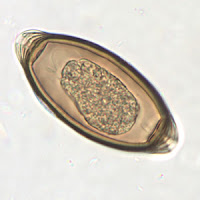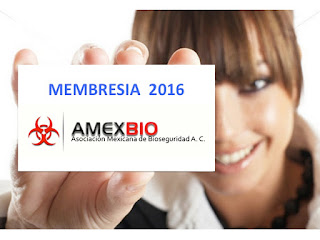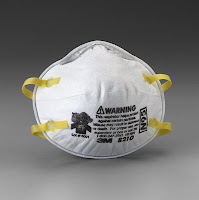Entradas
Mostrando las entradas de noviembre, 2015
| Lista de correo. Espere su aprobación. |
| Consultar este grupo |
Microbial immigration across the Mediterranean via airborne dust
- Obtener vínculo
- X
- Correo electrónico
- Otras apps
A Relative Risk-Based Framework for Safer, More Secure, and Sustainable Laboratory Capacity Building
- Obtener vínculo
- X
- Correo electrónico
- Otras apps
Awareness and low uptake of post exposure prophylaxis for HIV among clinical medical students
- Obtener vínculo
- X
- Correo electrónico
- Otras apps
Laboratory-Acquired Parasitic Infections from Accidental Exposures #LAIs
- Obtener vínculo
- X
- Correo electrónico
- Otras apps
Comparison of Protection Factors Offered by N95 and P100 Filtering Facepiece and Elastomeric Half-Mask Respirators
- Obtener vínculo
- X
- Correo electrónico
- Otras apps
Membresías 2016 #AMEXBIO
- Obtener vínculo
- X
- Correo electrónico
- Otras apps
A New Synthesis for Dual Use Research of Concern #DURC
- Obtener vínculo
- X
- Correo electrónico
- Otras apps
Parasitic cancer in human host
- Obtener vínculo
- X
- Correo electrónico
- Otras apps
PUNZOCORTANTES: Tipos de dispositivos de seguridad
- Obtener vínculo
- X
- Correo electrónico
- Otras apps
Economic evaluations of mask and respirator use for protection against respiratory infection transmission
- Obtener vínculo
- X
- Correo electrónico
- Otras apps











